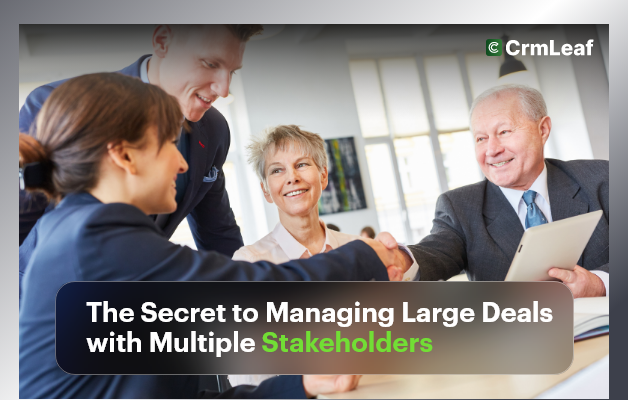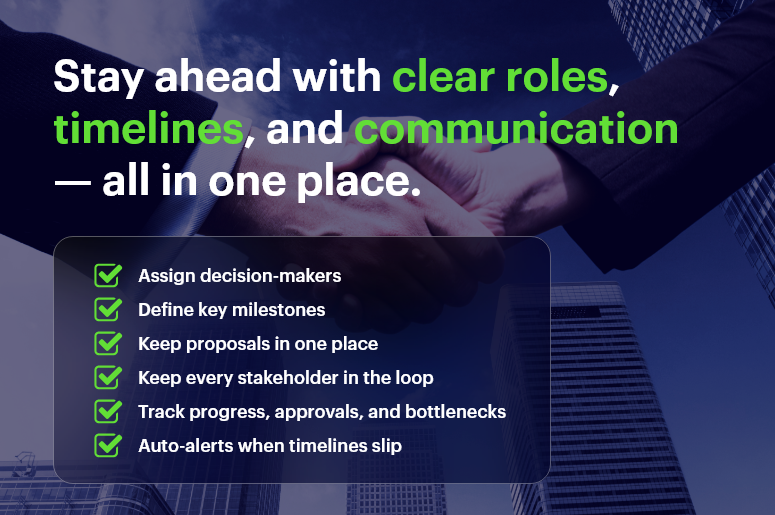Imagine this: You’ve stocked up for a hot-selling product, but sales flatline. Meanwhile, an unexpected trend leaves you out of stock for something else. Sound familiar? In today’s volatile retail landscape, demand shifts overnight. Consumer preferences change in real-time. And guesswork? It’s not good enough anymore. That’s why AI for retail demand planning is not just a competitive edge — it’s a necessity.
This blog dives into how CRM + ERP platforms with AI capabilities are transforming the way retailers forecast, plan, and grow — with smarter insights, real-time data, and less guesswork.
Why AI-Driven Retail Demand Planning Is Mission Critical
Modern retail lives on data. But data without intelligent forecasting leads to stockouts, excess inventory, missed revenue, and frustrated customers.
Let’s break down the business case for AI for retail demand planning — and why it matters now more than ever.
Retail Is Fast, Complex, and Personal
Whether you sell fashion, electronics, or groceries, the cycle has shrunk. Seasons change faster. Promotions influence short-term demand. And personalization matters more than ever.
- Omnichannel behavior is unpredictable: Consumers may browse online, buy in-store, or abandon carts mid-purchase. AI helps forecast these hybrid journeys.
- Promotional campaigns create spikes: Human planners often can’t predict flash-sale effects. AI spots these patterns and adjusts forecasts in real time.
- Market trends shift rapidly: Social media can create demand overnight. AI tools detect emerging signals from external sources like news, trends, or events.
CRM + ERP Gives Context to Your Forecasts
A standalone forecasting tool is blind without context. CRMLeaf’s integrated CRM + ERP platform layers:
- Sales history for pattern recognition
- Customer segmentation to predict preferences
- Inventory levels and supply chain data to sync demand with operations
This full-stack visibility helps planners make informed decisions, not educated guesses.

Best Practices to Implement AI for Retail Demand Planning
Ready to embrace smarter planning? Let’s break down how to leverage AI with your CRM + ERP to make demand planning efficient, scalable, and predictive.
1. Start with Clean, Unified Data
Garbage in, garbage out. AI models only work when they’re trained on clean, consolidated data.
- Centralize customer, order, and inventory data: Merge your systems into a single source of truth via your CRM + ERP.
- Eliminate duplicates and data silos: Ensure every department — from sales to procurement — accesses the same, updated data sets.
- Map historical trends: Feed 12–24 months of data into your system to help AI understand seasonality and past anomalies.
2. Use Predictive Algorithms That Learn and Adapt
Basic rules-based systems don’t cut it. You need AI that learns over time and reacts to changes.
- Leverage machine learning to track micro-trends: Identify patterns like weekday sales spikes or post-promotion slumps.
- Adjust forecasts automatically: Let AI recalculate demand forecasts based on real-time inputs like weather, holidays, or sudden traffic changes.
- Handle anomalies intelligently: AI can detect and isolate outliers (like pandemic-level disruptions) to prevent skewed predictions.
3. Integrate CRM for Personalized Forecasting
Your CRM knows your customer better than any spreadsheet.
- Segment demand by customer type: High-value customers may order differently than seasonal buyers. AI uses CRM data to tailor forecasts by segment.
- Predict repeat purchases: Analyze lifecycle and frequency data to forecast when a customer is likely to reorder.
- Automate marketing triggers: Use AI insights to trigger timely, personalized campaigns based on forecasted needs.
4. Link with ERP for End-to-End Visibility
Don’t just forecast — plan, allocate, and act using your ERP backend.
- Plan procurement based on projected demand: Reduce overstock and understock by syncing forecasts directly with supply chain workflows.
- Optimize warehouse operations: Route stock based on AI-driven location demand projections.
- Improve financial planning: Forecast cash flow needs based on expected sales volume and seasonal peaks.
5. Monitor, Learn, Improve — Continuously
Predictive planning isn’t one and done. You must constantly fine-tune.
- Track forecast accuracy: Use dashboards to compare predicted vs actual performance.
- Adjust parameters: If promotional periods or product cycles change, tweak your model assumptions.
- Review post-mortem insights: After a season ends, analyze what worked and what didn’t — and feed that back into the system.
Case Study: Smarter Forecasting Drives 30% Less Overstock
For example, ModaHome, a mid-sized home furnishing retailer, used CRMLeaf’s AI-powered demand planning module to overhaul their seasonal forecasting.
Before, they relied on spreadsheets and instinct — leading to 20–25% overstock after every sale. After implementing CRMLeaf:
- Forecast accuracy improved by 42% in just one quarter
- Inventory costs dropped by 30% due to better purchasing
- Fulfillment time reduced by 15% with warehouse optimization
Their team can now focus on innovation instead of guesswork.
Key Takeaways
- AI for retail demand planning isn’t futuristic — it’s here and delivering results.
- Combined with CRM + ERP, AI delivers context-rich, real-time, and predictive forecasts that actually align with customer behavior.
- Clean data, adaptive models, customer segmentation, and ERP integration form the core pillars of smarter planning.
With CRMLeaf, you can eliminate manual forecasting, reduce planning errors, and stay ahead in a dynamic retail world.


